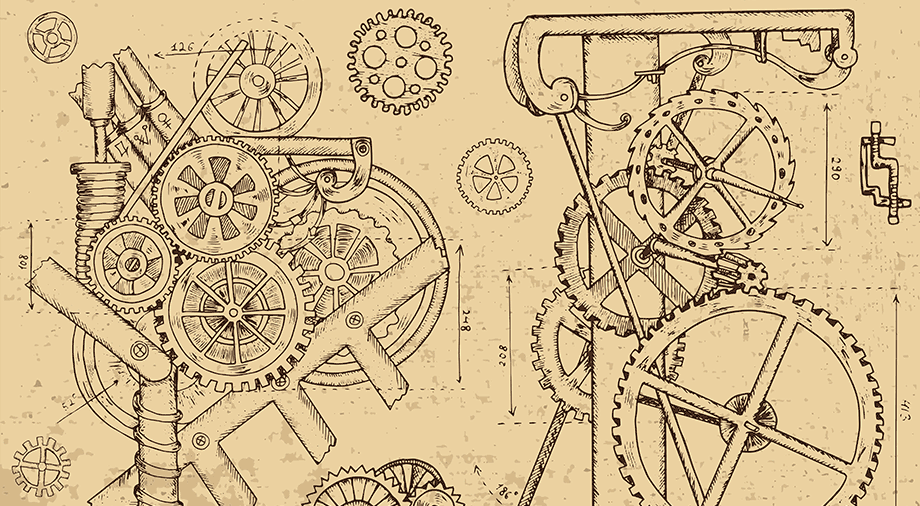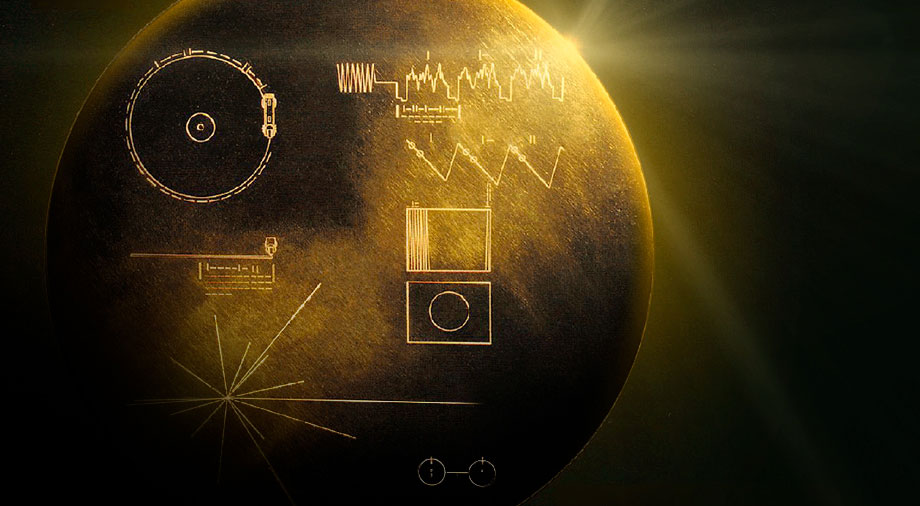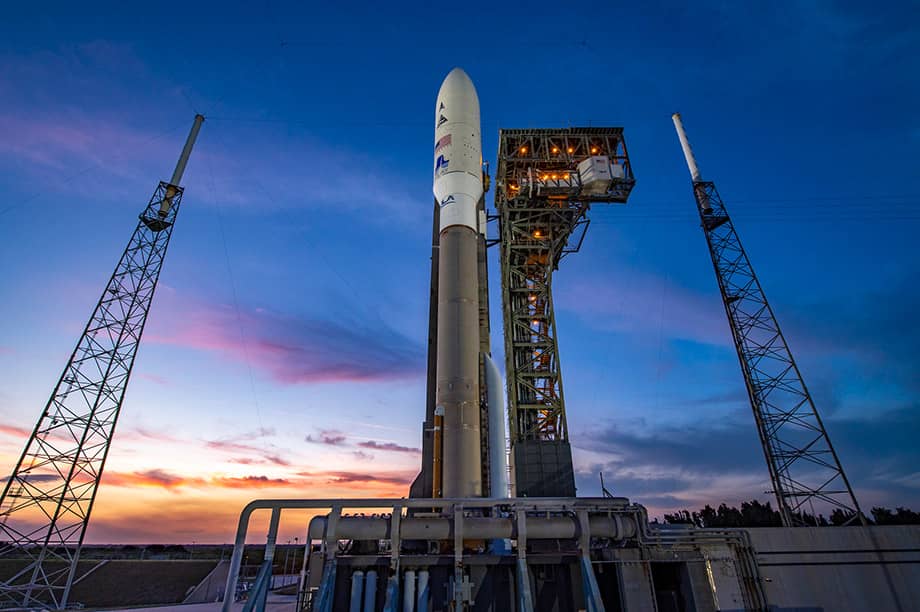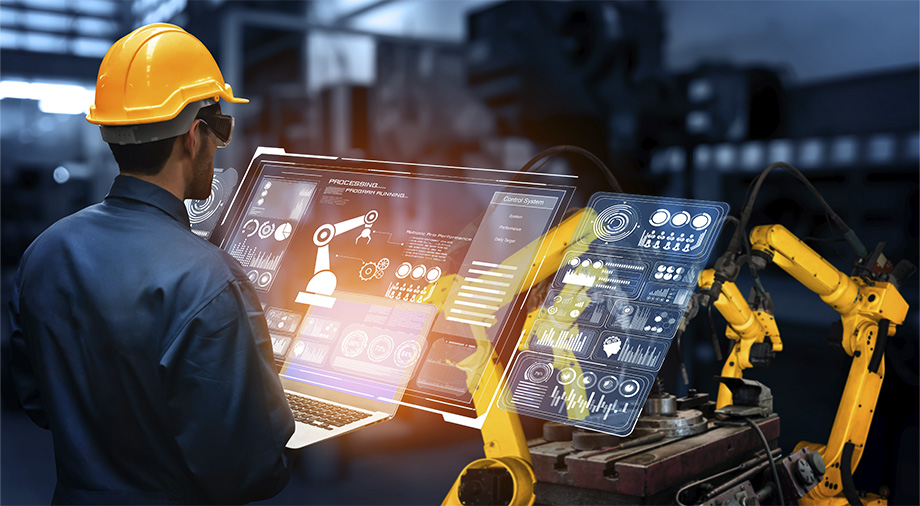As they observed the forces of the universe around them, the ancients tried to learn how to harness them. The result of their zeal was the emergence of amazing machines and mechanisms that changed the way our ancestors lived. In one form or another, most of these devices will survive to this day, and their basic technologies of mechanical movement laid the foundation of human civilization.
Here is our first article in a series dedicated to the development of science and technology, in which we talk about the most amazing technologies of the Bronze Age and antiquity, as well as the inventors who discovered them.
The wheel and the origins of wheeled transport
Back in the Paleolithic era (750,000 – 150,000 BCE), human ancestors understood that rounded objects were easier to move, if only because they could be rolled rather than carried from place to place. There was also an understanding that if rounded logs of equal length were used as rollers, then bulky irregularly shaped objects could be moved across them. However, millennia passed before the appearance of the wheel in the form in which we know it now.
The oldest wheels found at archaeological sites date back to 3500 BCE. They come from Mesopotamia, an ancient civilization in what is now Turkey, Syria, and Iran. It is noteworthy that the first wheel discovered was not at all intended for transport purposes, but was actually a potter’s wheel. The disk was set in motion by means of a wheel-axle mechanism whose constant rotation allowed Mesopotamian potters to achieve symmetrical shapes when creating ceramics. The technology has not changed much over 6 thousand years, as even today, handmade pottery is made using similar pottery wheels.
A little earlier, probably in the 5th-4th millennium BCE, humans domesticated the horse, and the wheel-axle mechanism showed its utility. A nomadic lifestyle, based on hunting as the main way to find food, has people constantly move from place to place. The first simple single-axle carts (on 2 wheels) appeared in Europe at approximately the same time as they did in the Middle East.
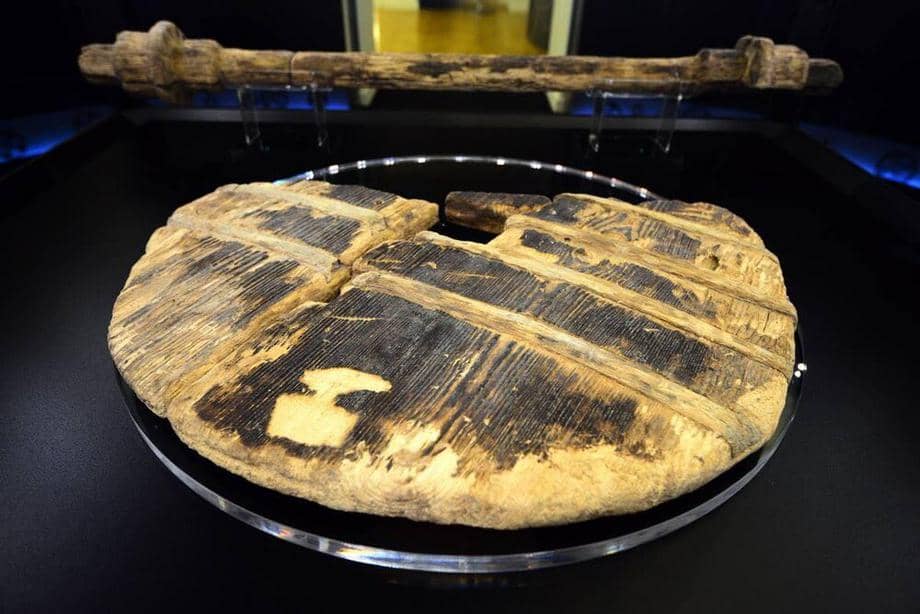
As humans figured out that they could carry their belongings with them on wagons, they began to come up with new uses for wheeled vehicles. The chariot emerged in Egypt in, approximately the second millennium BCE. The chariot acted both as a vehicle and as a weapon: the amazing maneuverability that the chariots demonstrated on the battlefield allowed the Egyptians to conquer vast territories of the southeastern Mediterranean and create the largest ancient civilization in the region.
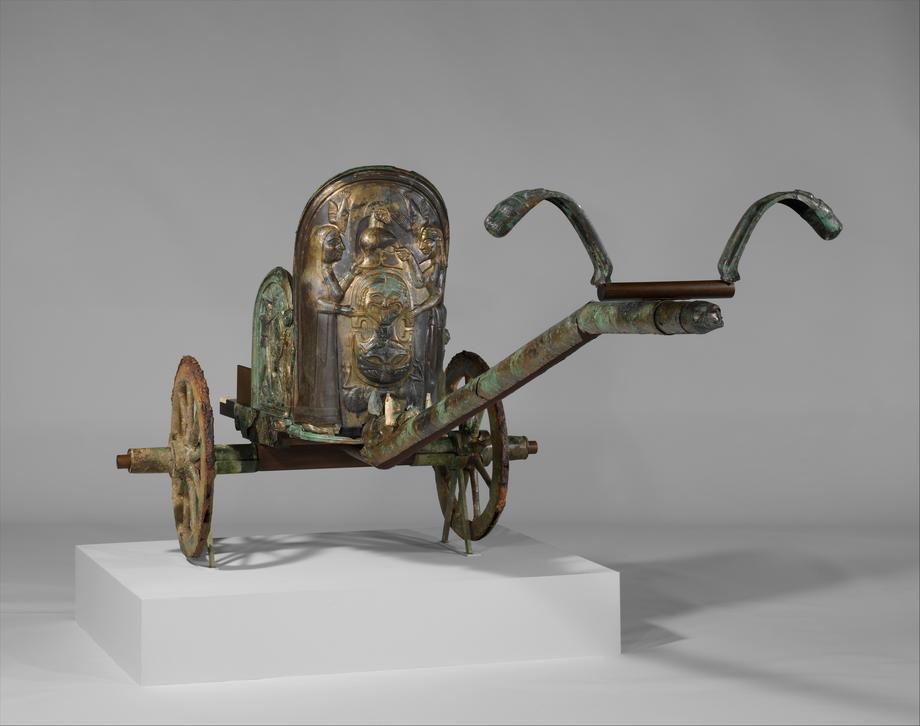
After the mastery of bronze, ancient chariots became much more reliable and ergonomic.
The Egyptians were able to fight with their chariots at a distance. The crew of a war chariot consisted of 2 people: a driver and an archer in heavy armor. Sometimes a loader was assigned to the crew, who, depending on the combat mission, either brought new arrows and darts to the shooter, or finished off the enemies struck by these arrows. And those fallen enemies were many. Light and fast, this war machine was one of the most formidable weapons of its time.
Three thousand years later, the first light tanks of the World War II period would also use this 3-man crew of a driver, gunner, and loader. With their combination of protection and high mobility, they would dominate battlefields around the world, supporting infantry and performing motorized reconnaissance.

Warfare was not the only thing which wheels revolutionized in the ancient world.. With the development and enlargement of cities, people had to expand their buildings, making their houses taller, stronger, and more spacious. During this period, the rotational movement provided by the wheel became the basis of another essential machine: the first cranes.
Push-Pull: The First Elevators
Despite the common misconception that the Egyptian pyramids of the Middle Kingdom were built using complex lifting mechanisms, this was not actually the case. The lifting mechanisms of that time were not capable of lifting the 2-3 ton stone blocks from which the pyramids were built. Egyptian builders used only primitive lifting devices such as ramps and support arms, and thus the burden of moving the giant stones fell on the shoulders of builders and slaves.
The first cranes appeared in ancient Greece at the beginning of the 6th-5th century BCE, and were originally used to draw water from wells and wells. These primitive machines consisted of a cable passed through a pulley – a stone (or more often wooden) flat rounded shaft with a recess in the center. The pulley itself did not have lifting properties, but it changed the thrust vector, allowing one to lift more weight with one’s efforts.

In the 4th century BCE. engineers began to combine pulleys into blocks. Increasing the number of pulleys directly and proportionally affected the weight that a person could lift. So if the average worker could lift 50 kg using one pulley, then they could lift 150 kg with a block of 3 pulleys, and 250 kg with a block of 5. The technical disadvantage of hoists with pulleys was their poor durability, so block mechanisms rarely consisted of more than 5 pulleys.
The next stage in the evolution of wheel-assisted lifting was the appearance of winches (which worked on the horizontal axis) and capstans (which worked on the vertical axis). These devices worked by way of a drum block with handle holders. A cable was wound around the axis of the drum block, which stretched to the block of pulleys. Winch mechanisms were more often used in construction and the transportation of goods, while capstans were used mainly on ships as the first lifting mechanisms for anchors. The simple capstan mechanism is still present on most anchors today, but the lifting has been done by machine rather than manual strength for over a hundred years. Simple winch devices are also found everywhere from fishing reels to emergency winches on cars.
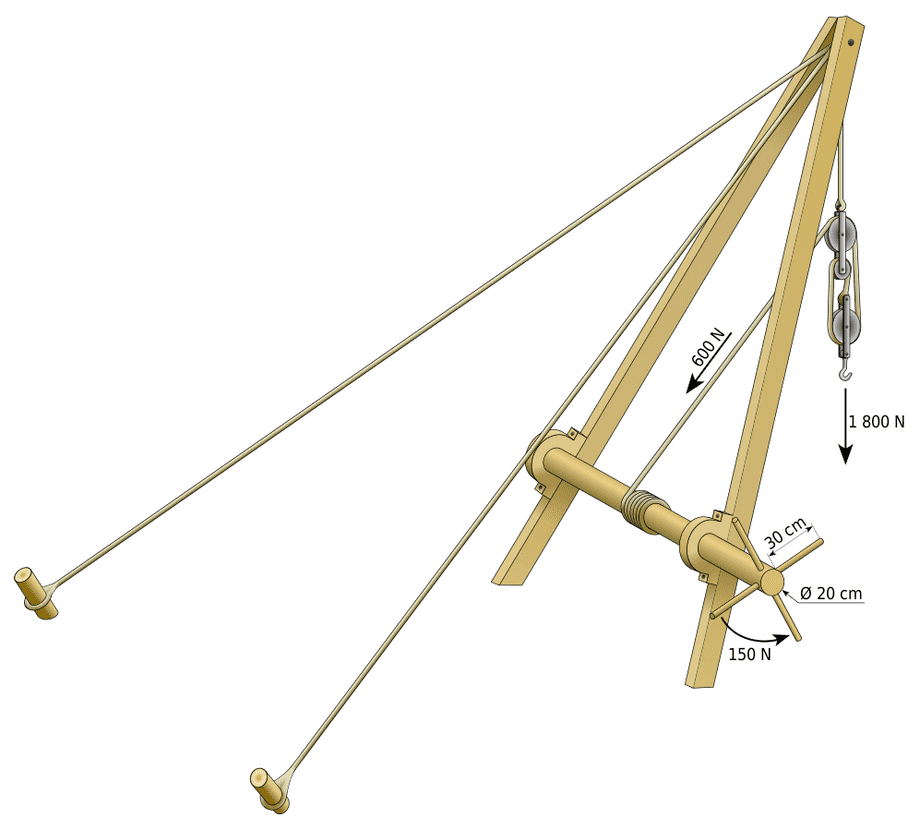
The next stage in the evolution of ancient winch-based lifting mechanisms is the Roman wheel, a lifting mechanism first mentioned back in 230 BC. The main advantage of this hoist was the large diameter of its wheel (4-5 meters), which resulted in a significant increase in the crane’s lifting capacity.
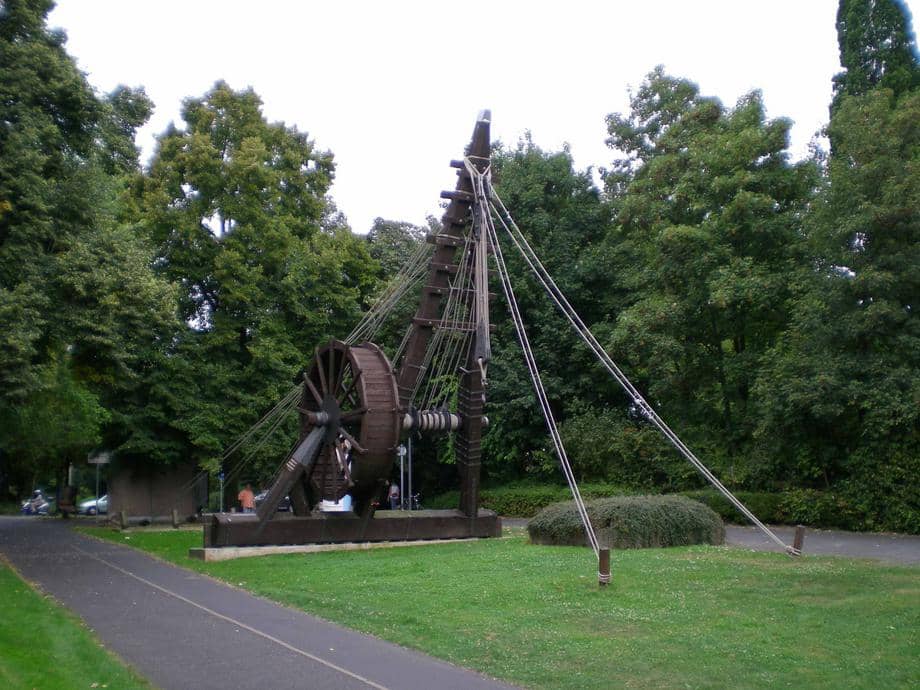
This gave a huge mechanical advantage in the process of distributing the load. In addition, the wheel made it possible to increase the amount of energy generated by a single operator, since the person could use the strength of both his arms and legs. As a result, a person working on a wheel could increase their lifting capacity by 70 times. Despite the fact that during the friction of the cable on the pulleys and the drum diminished up to 20% of the crane’s efficiency, its many variations survived until the late Middle Ages.
Cargo hoists working with a pulley and a winch would go a long way in terms of modernization and improvement. By the end of the 19th century, port cargo cranes allowed one worker to move a weight of several tons with the help of levers.
The first space chronograph
In antiquity, the Aristotelian theory of geocentrism, by which the Earth was the center of the universe around which all other celestial bodies revolved, was understood as the explanation of the structure of the universe. Despite the fallacy of this hypothesis, Greek navigators possessed unique mechanisms to describe in detail the cycles and movements of space observed from Earth.
One such archaeological artifact was found on April 4, 1900 near the Greek island of Andikithera, and was named the Antikythera Mechanism. The remains of the mechanism, recovered from the bottom of a sunken ancient Greek ship, were identified as parts of a complex mechanical computer, which was driven by a system of copper gears. The mechanism had front and rear bronze plates which had dials displaying the movement cycles of celestial objects. A large part of the mechanism was occupied by engravings of the Moon, the Sun, and five other planets of the Solar System which were known at that time.
Only a third of the mechanism was raised from the bottom, in the form of fragments broken into multiple fragments. However, these parts were enough to build a full-fledged 3D model of the device using microfocus X-ray tomography methods 105 years later.
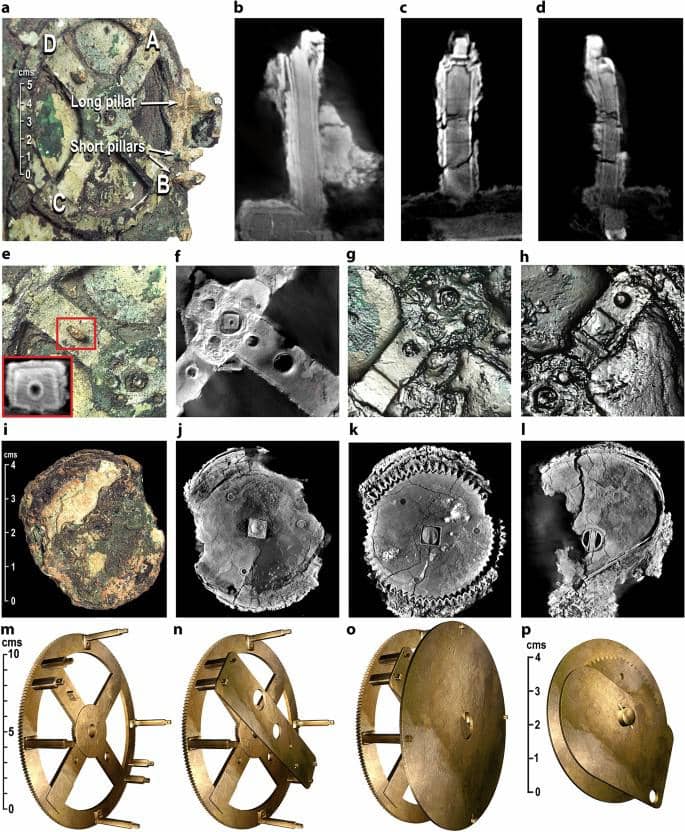
Each of the Antikythera mechanism’s more than 30 gears modeled the movement of celestial bodies. Some parts of the mechanism worked synchronously and were combined into complex cycles that modeled how the movements of planets were linked to each other.
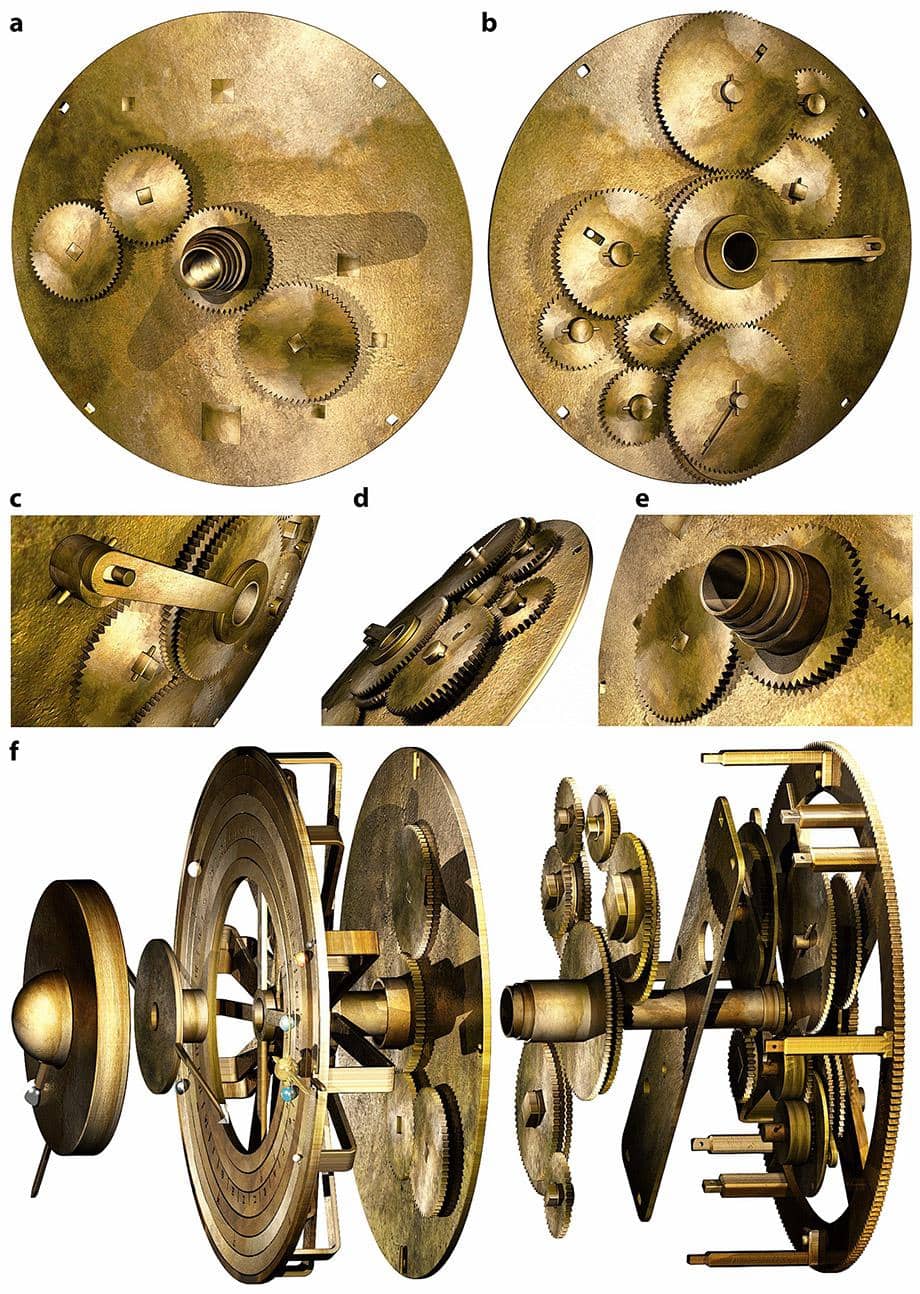
Radiocarbon dating puts the age of the Antikythera Mechanism at about 2200 years old. As we can see, humans at that time already had a rudimentary idea of the cosmos and the gravitational interaction of celestial objects, though it was understood only empirically instead of theoretically, and it was not fully mature. Scrupulous and thoughtful observation of space would allow the ancient Greeks to create the first analogue of a space navigator in real time. Today, we can do something similar with online star charts, but the ancient Greeks needed neither super-powerful telescopes or the Internet with electricity to do what they did.
Ancient genius was always in search of new ways to use these devices. The next stage where they would prove useful was the automation of trading processes. The first vending machine was able not only to make financial calculations independent of the seller, but also blessed its customers in the truest sense of the word.
Automating the Trading Process: The Machine of Heron of Alexandria
One of the first documented examples of the vending machine was a machine made by Heron of Alexandria (c. 10-70 AD). The inventor managed to create a mechanical vending machine that systematized the distribution of holy water in strictly controlled amounts. As a result of the innovation, there was an amazing sort of equity in the Temple of Alexandria, in which the faithful all paid the same fee and all received the same amount of grace.
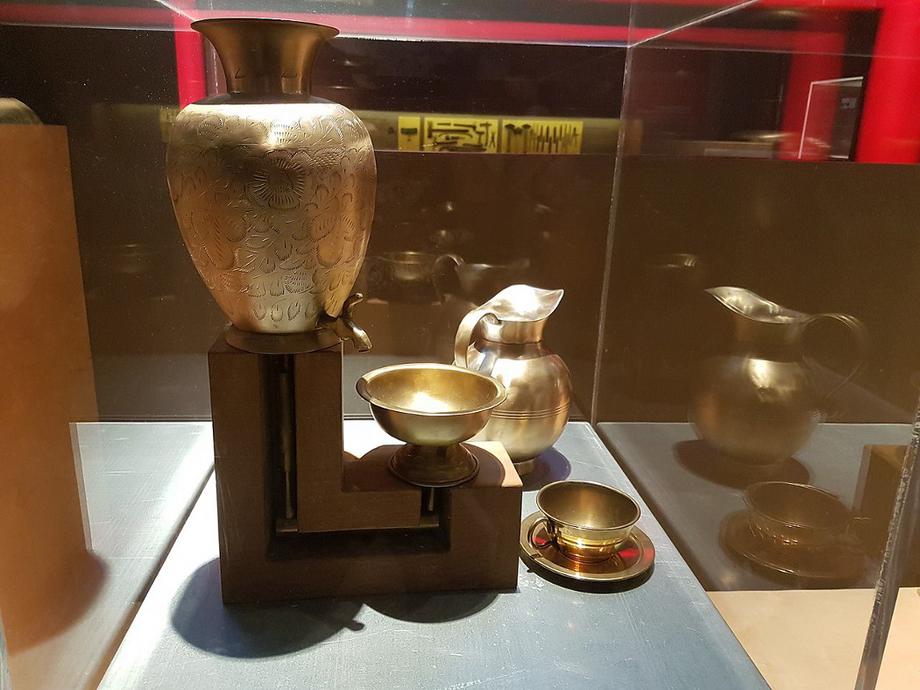
Heron’s device was a vase filled with holy water stood upon a fixed pedestal. The vase had a faucet through which holy water was dispensed. As soon as the parishioner lowered the required amount of drachmae into the vase, the weight of his coins helped open the tap located at the base of the jug. A counterweight was also installed in the structure under the vase which would then return the tap to its original position, blocking the flow of more holy water.
This device created by Heron of Alexandria greatly eased the work of the Alexandrian priests, who before the advent of the machine had been forced to collect funds themselves and ensure that the parishioners did not pour too much water for themselves. Two thousand years later, an American company again turned to the same principle used by Heron. But this time, instead of holy water, new generations of vending machines will supply their customers with tasty, refreshing soda.
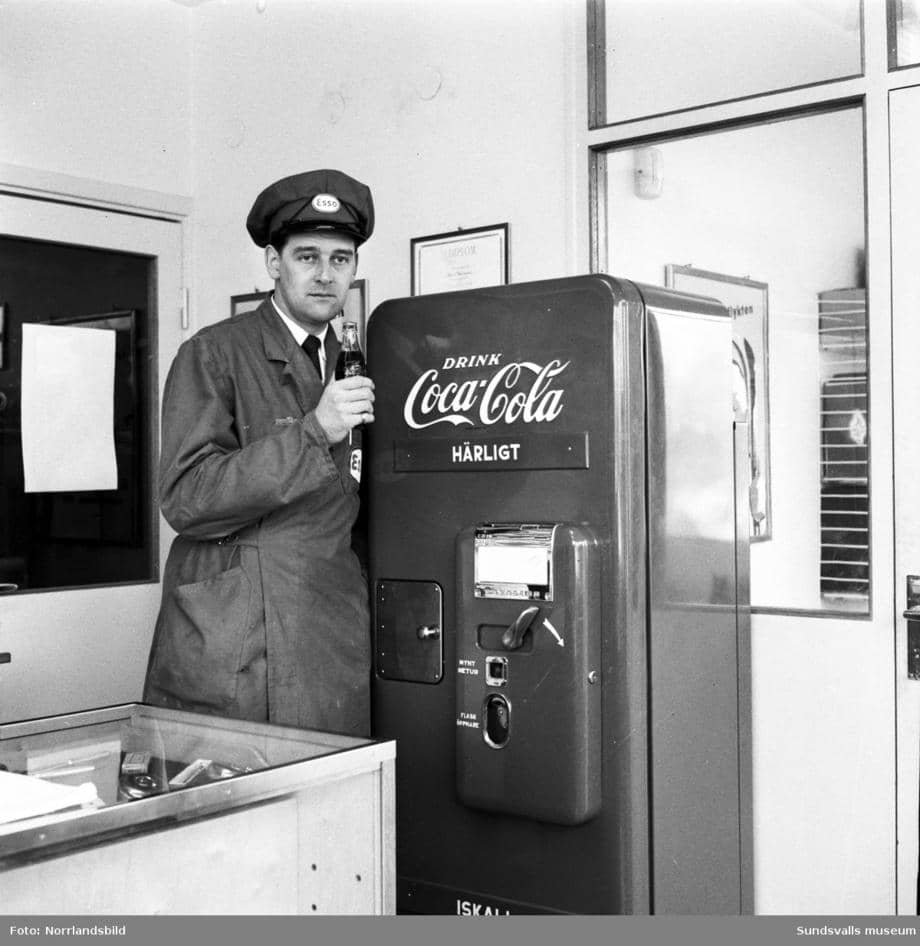
These stories prove that thousands of years ago, people had already begun to think about the need to automate processes of transportation, construction, navigation, and trade. Many of the echoes of these truly amazing mechanisms continue to be heard in our lives today. But in the history of the development of engineering, this was only the first chapter.

